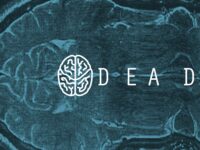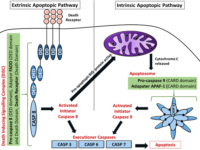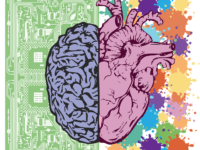On paper, it sounds pretty easy to determine if something is alive or not — within the medical field, though, it is far more complicated. Because of outside pressures of lawsuits, religious objections, and state-to-state legislation, it can be a minefield when trying to correctly meet the criteria for death.
The Universal Determination of Death Act is the current standard for the definition of death, originally codified in the summer of 1980. This definition came to fruition as a response to increasingly effective lifesaving technologies, specifically the ability to maintain the life of a person who had lost all brain function. The codification specified that death could be declared as a result of total cardiorespiratory failure or irreversible brain death; however, both of these methods have their issues.
Total cardiorespiratory failure, or the cessation of all heart and lung function, has been a longer lasting method for death determination than brain death. While it has been around longer, cardiorespiratory death still is problematic when determining death since it is not always irreversible. Cases where people “have died and come back” lie exclusively in this category as modern medicine has allowed resuscitation methods to extend an hour after cardiorespiratory failure. This means that a person may be pronounced dead for an entire hour while still capable of resuscitation, opening up the situation to conflicts regarding implementation of lifesaving treatment.
This means that a person may be pronounced dead for an entire hour while still capable of resuscitation, opening up the situation to conflicts regarding implementation of lifesaving treatment.
Brain death, on the other hand, has its own faults. To be classified as brain dead, there has to be a complete cessation of all brain function including brain stem function, which is of the utmost importance when distinguishing brain death from neocortical death. Neocortical death is the cessation of brain functions with the exception of the brain stem, allowing patients to experience reflexive responses or even semblances of emotional responses. In any type of neocortical death, the patient is permanently unconscious. Many doctors, among other professionals, argue that neocortical death should be included within the standardized definition of death as it concurs with the idea that death is a state of irreversible unconsciousness; many religious or legal objections, though, complicate the inclusion of neocortical death as universal determination of death, as they regard the termination of the life of someone who is experiencing neocortical death as murder.
Many doctors, among other professionals, argue that neocortical death should be included within the standardized definition of death as it concurs with the idea that death is a state of irreversible unconsciousness; many religious or legal objections, though, complicate the inclusion of neocortical death as universal determination of death, as they regard the termination of the life of someone who is experiencing neocortical death as murder.
When it comes to defining death, it remains a complicated situation within the medical field. Unless a living will is set into place, it is difficult to determine how a person in a life-threatening situation should be treated. Perhaps a recodification of death could alleviate some of the tensions in an already dour situation, but until then, the definition of death within the medical field remains an undependable conversation.
Image Source: Pixabay






